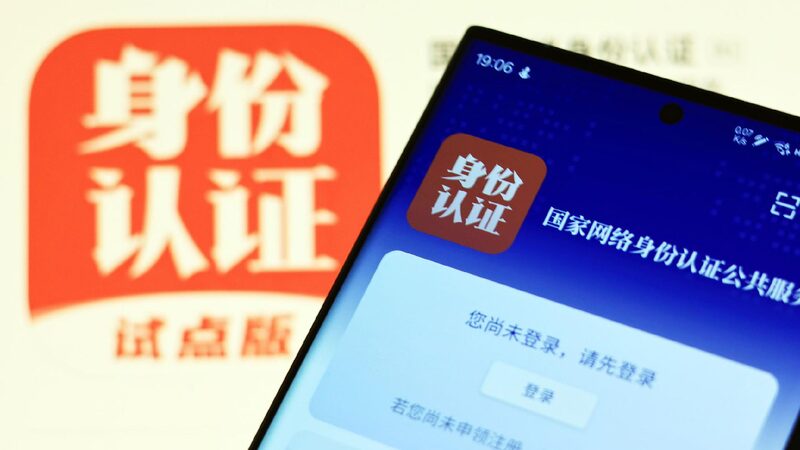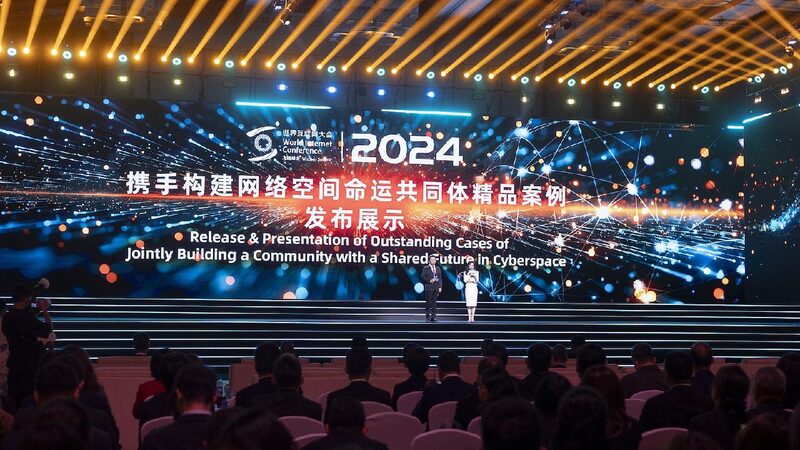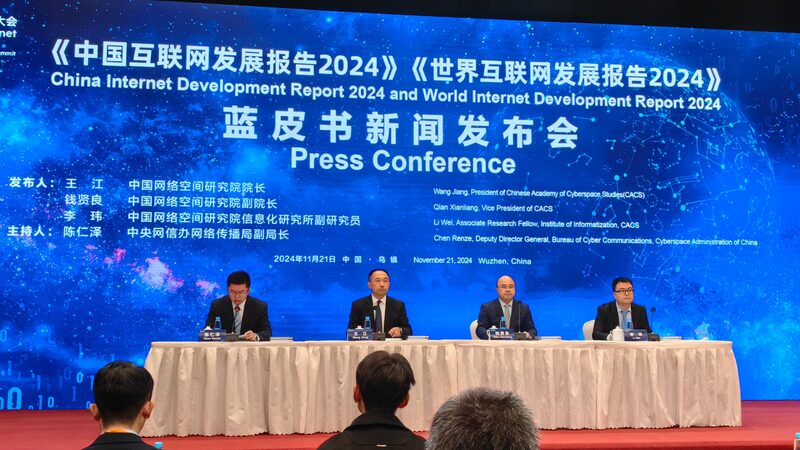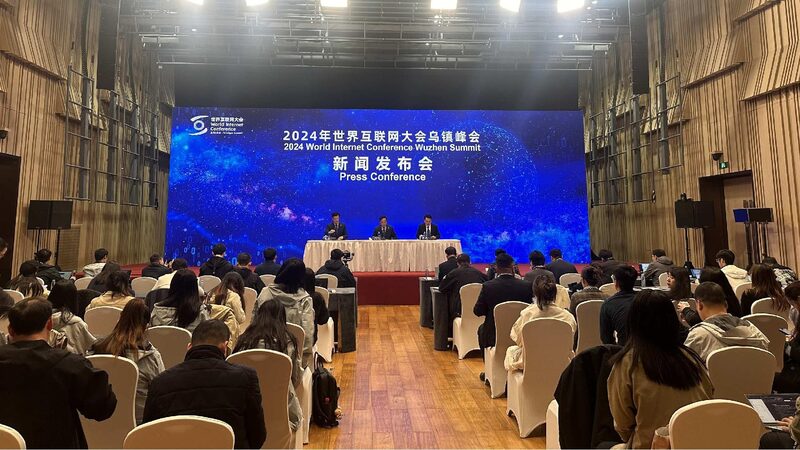China Introduces AI Content Labeling Guidelines to Curb Misinformation
Starting September 1, China will implement new guidelines requiring all AI-generated internet content to be clearly labeled. The move aims to combat the spread of false information and promote healthy development in the rapidly growing AI sector.
The guidelines, issued by authorities including the Cyberspace Administration of China (CAC), mandate that providers add visible markings to AI-generated content throughout its production and distribution. This means any text, images, or videos created with the help of AI technology must be clearly identified as such.
Addressing Concerns Over AI Misuse
With AI technology advancing at lightning speed, vast amounts of content are being produced and shared online with AI assistance. However, this has raised concerns about the potential misuse of AI to spread misinformation or fraudulent content.
One notable incident involved AI-generated images of a famous Chinese actor being used to defraud members of his fan base last year. Such cases have sparked widespread discussions about the need for regulation to prevent deception and protect internet users.
Promoting Transparency in AI Content
The new guidelines emphasize the importance of transparency. By requiring clear labeling, authorities hope to help internet users distinguish between genuine and AI-generated content, reducing the risk of misinformation spreading unchecked.
Moreover, the rules prohibit any organization or individual from deleting, tampering with, fabricating, or concealing these identifying labels. This ensures that the labels serve their purpose in keeping the public informed.
Looking Ahead
As AI continues to evolve, China’s approach highlights the need for responsible usage of technology worldwide. By setting these standards, the aim is to foster a safer online environment where innovation can thrive without compromising the truth.
Reference(s):
China introduces AI content labeling guidelines to curb misinformation
cgtn.com








